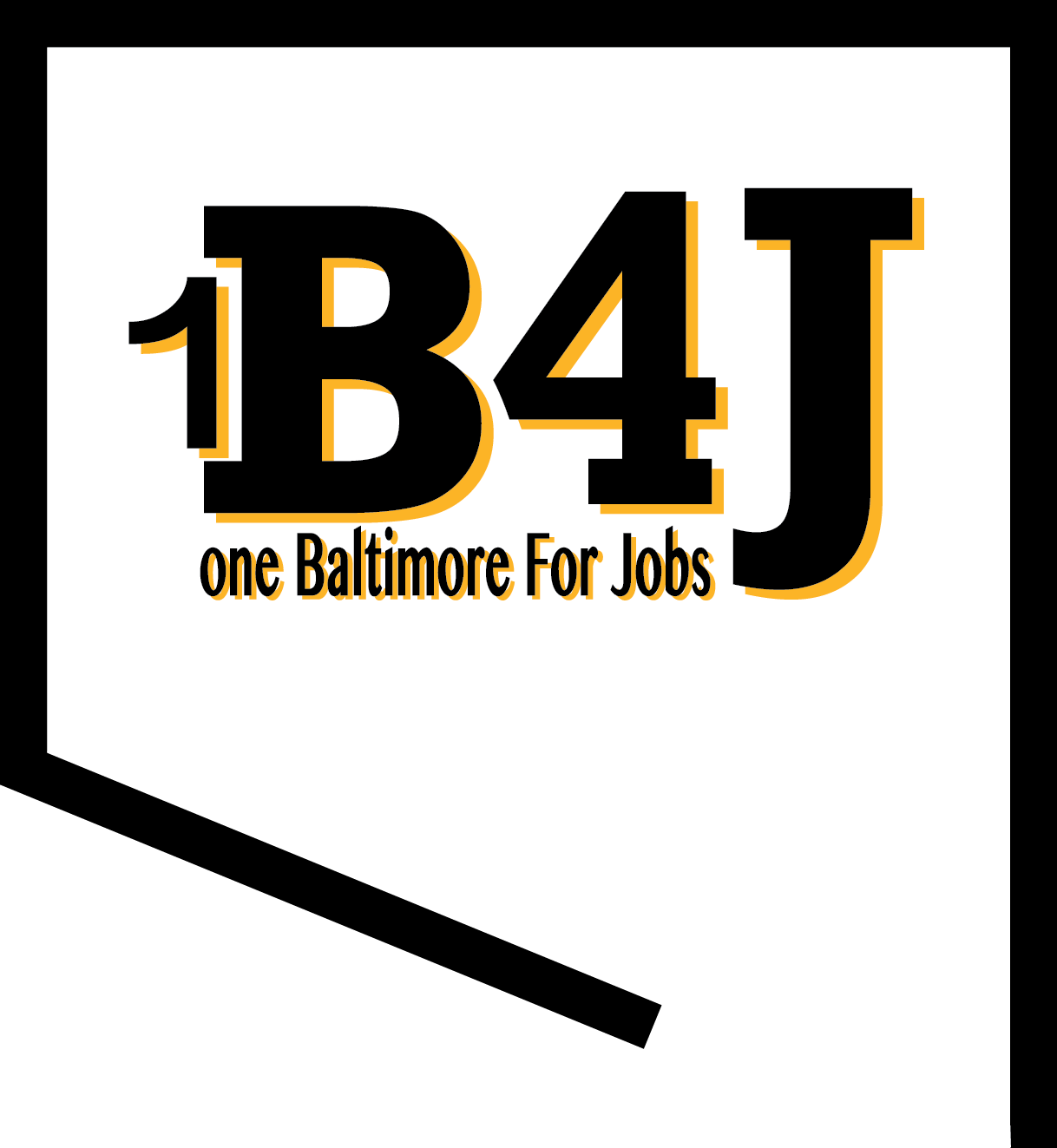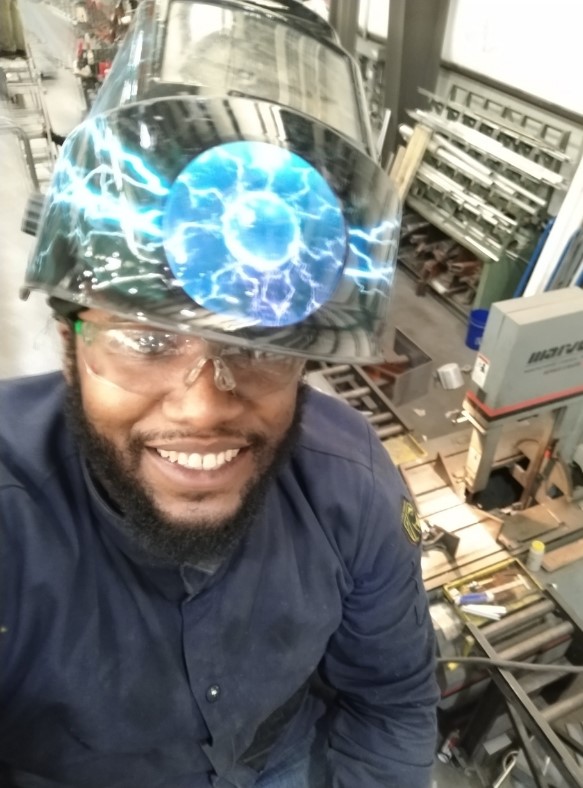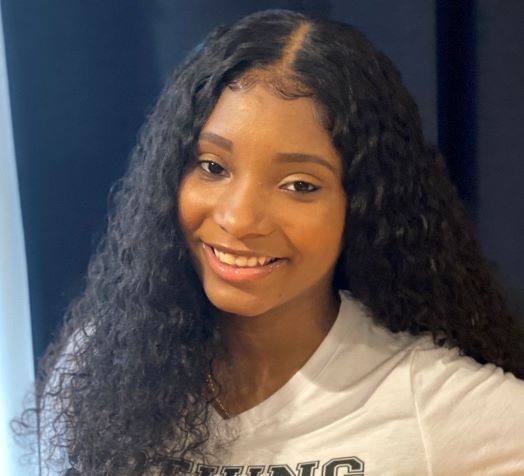Meet Chadras
Wednesday Sep 28th, 2016
Workforce Challenge
If you have the opportunity to walk into Live Baltimore's offices on North Charles Street, you'll likely be greeted by Chadras Coples. She's the program support specialist here — a broad-sounding title for a critical position. She's the glue that keeps our various programs running seamlessly, our staff organized and efficient, and our customer outreach top-notch.
She does her job so well, you might assume the 29-year-old was always so self-sufficient and structured — but you'd be wrong.
After she was hired, Ms. Coples offered her back story: It included a history of depression, anxiety and substance abuse that held back the West Baltimore native for years. She tried on her own to get out from the quicksand but found herself stuck, time and again. Through the efforts of the mayor's office and three local nonprofits, however, Ms. Coples says she feels like she has been "reborn." She's employed, living independently and dreaming again about life's possibilities.
Many people in Ms. Coples' situation need assistance getting past the obstacles in their lives: little or no work history, criminal records, poor educations, desolate communities, substance abuse and so on. Her story illustrates the synergy that has to take place between Maryland's government agencies and nonprofits if we truly are to reach residents who have it within them to succeed with the right help, but are too often disregarded. Their success is our city's success — and we need to take that seriously.
Workforce Solution
The path that led Ms. Coples to Live Baltimore began nearly three years ago when she turned to Marian House — a transitional housing and support program for women in need — for assistance in addressing her addiction to marijuana and alcohol, and learning to live on her own. With help from Marian House, Ms. Coples was able to move out of her mother's house.
She also participated in an intensive program offered by the local nonprofit Humanim to train people to be certified medical administrative assistants. The program was developed using funds from the One Baltimore For Jobs (1B4J) initiative administered by the Mayor's Office of Employment Development and gave Ms. Coples managerial skills that could be transferred across fields — including the nonprofit sector we're a part of.
Ms. Coples had worked with other programs in earlier attempts to grow. But none, she said, worked as well as the combination of Marian House's nurturing and Humanim's quality programming and support.
I too can attest to the power of both nonprofits.
At Live Baltimore we work to grow the city's population and believe it's important to contribute to the success of the city by hiring city residents and reducing unemployment. So, we often join with programs and agencies to find residents with barriers like Ms. Coples — those who are often overlooked. Frankly, the recruitment process has not always been so positive.
But in addition to impeccably training Ms. Coples, Humanim worked with us to make sure they understood the kind of person we needed. Skills were important, but character, drive and love for the city were even more so. Humanim listened to us and put their needs to "place" a trainee in a job well behind our need to find the right fit. They also continued to partner with us even after Ms. Coples' start date to ensure that all parties were satisfied.
Outcomes & Benefits
"This jobs helps me reconnect with my city," Ms. Coples says now. "I believe we have so many great things here and even though I've lived here all my life, I didn't know about them."
And while she's learning, we're getting to learn more about her. She's growing and happy, but our organization is the real winner here. Our delight at having found Ms. Coples isn't simply a feel-good story. It is a lesson learned for all of us: This is what happens when governments and nonprofits work together truly for the betterment of Baltimore's residents and businesses.
If we are going to turn things around in the city, it's imperative that we all do our part — whether that's a small organization hiring one person or a large company hiring hundreds.
And we should take care to remember that it took significant cost, effort and funding from the city, as well as the care and expertise of three nonprofits — Marian House, Humanim and Live Baltimore — to turn just one life around. But that one life matters; Chadras Coples is worth it.
This success story is an op-ed written by Steven Gondoli, executive director of Live Baltimore and was featured in The Baltimore Sun.

 Tired of working retail jobs for most of his life, Eric Richardson Jr. wanted a change. With many stores closing in 2020 because of the COVID-19 pandemic, he wanted a secure future that allowed for the possibility of starting his own business.
Tired of working retail jobs for most of his life, Eric Richardson Jr. wanted a change. With many stores closing in 2020 because of the COVID-19 pandemic, he wanted a secure future that allowed for the possibility of starting his own business. 